Repost - Shapeshifting Natures
Werewolf Debates and Animal Familiars, Lycanthropy and the Role of Cats, Dogs, Apes, Frogs in Early Modern Witch Hunts
Shape-shifting
It is strange to learn about the history of magic, witchcraft and other occult or secret knowledges of Earth that humans lost access to in Biblical narratives as the result of the fall of man. These knowledges came to be held by spirits and gods of ancient worlds who are labelled demons by Christians anxious about the Devil and alternative spiritualities or occult powers associated with the conspiracy witchcraft theories of the 16th -18th C.
As a part of the debate of the time, people argued over whether werewolves were real, whether humans genuinely shifted into wolves (or cats) and took on the ferocity of those creatures. What we've learned about the humoral body is that these people could imagine incredibly shifty shapes for themselves, including transgender and transracial possibilities.
If a person were to fall into lunacy under the lunar influence the moon or become wolfishly hungry for violence or, in a cat-like way, lustful, perhaps they would shift physically and emotionally. At this time, people debated whether was this shift was real. As we see in the Bodin examples, people woke form delirious nights with strange injuries. Was this a power given them by the Devil? Or this powerlessness? Because often werewolf stories are about being unable to resist base animal violence in us.
In this image from 16th century Dutch engraver Theodore De Bry, the indigenous people of Florida wear deer skins to camouflage themselves as they hunt deer. But on the surface of the water they have become deer. Some sort of shape-shifting has occurred. This is an early modern anxiety. I've written about this as a fear of being a Christian in the Americas who might lose hold of his or her identity, shifting into indigenous forms that reflect spiritual alliances with very attractive cultures and new gods that resonate with the old gods of Europe, the gods of nature.
Animal familiars and shapeshifting in the scholarship of Helen Parrish also speak of witches and early modern people's relationship to wildness and the nature of these animals.
Even Durer’s Adam and Eve play mouse and cat. We can see the cat is associated with Eve’s sexual power. So when King James thought about the power of witches to affect the weather, causing him to nearly perish in a tempest around the events concerning his wedding, it was a cat the people accused of causing that tempest said they had christened and then tortured in his place.
For more on Scotland, the context of James Rx’s accusations, see this interactive map.
Jean Bodin also talked about women turning into cats and men being scratched. Mostly, we learned a great deal about how people accused of witchcraft were tortured. How would corporal punishments, including execution and torture, be a response to the bodies of witches and their potential to shapeshift? Why were 50% of confessed witches put to death while other heretics had a more like 80-90% chance to reform? Do you think this has any relationship to changing ideas about land and extractive colonialism? What do you imagine this could be about given what you are learning about the period and other violence, such as the violence of the Reformation?
While some thinkers believed shapeshifting was real, many argued it was a devil's illusion or some kind of manifestation of mental illness. Some in class suggested we would now associate this madness with a psychopath or a serial killer. Charlotte F. Otten collects these arguments in her Werewolves in Western Culture reader. You can find many examples of shapeshifting in other literature of the early modern period.
For more information on the broader context of witch hunts in Early Modern Europe, Bailey gives a great survey of various locales and the arguments made by scholars.
How do you imagine shapeshifting into animals and fears of animal familiars (like toads) as well as laws against bestiality (and stories of people quite erotically involved with a domesticated animal in colonial America) relate to human spiritual relations with nature in the past? Has the fear of familiarity, shapeshifting, and eroticism come of prejudice against animist practices that are being disavowed or must be resisted?


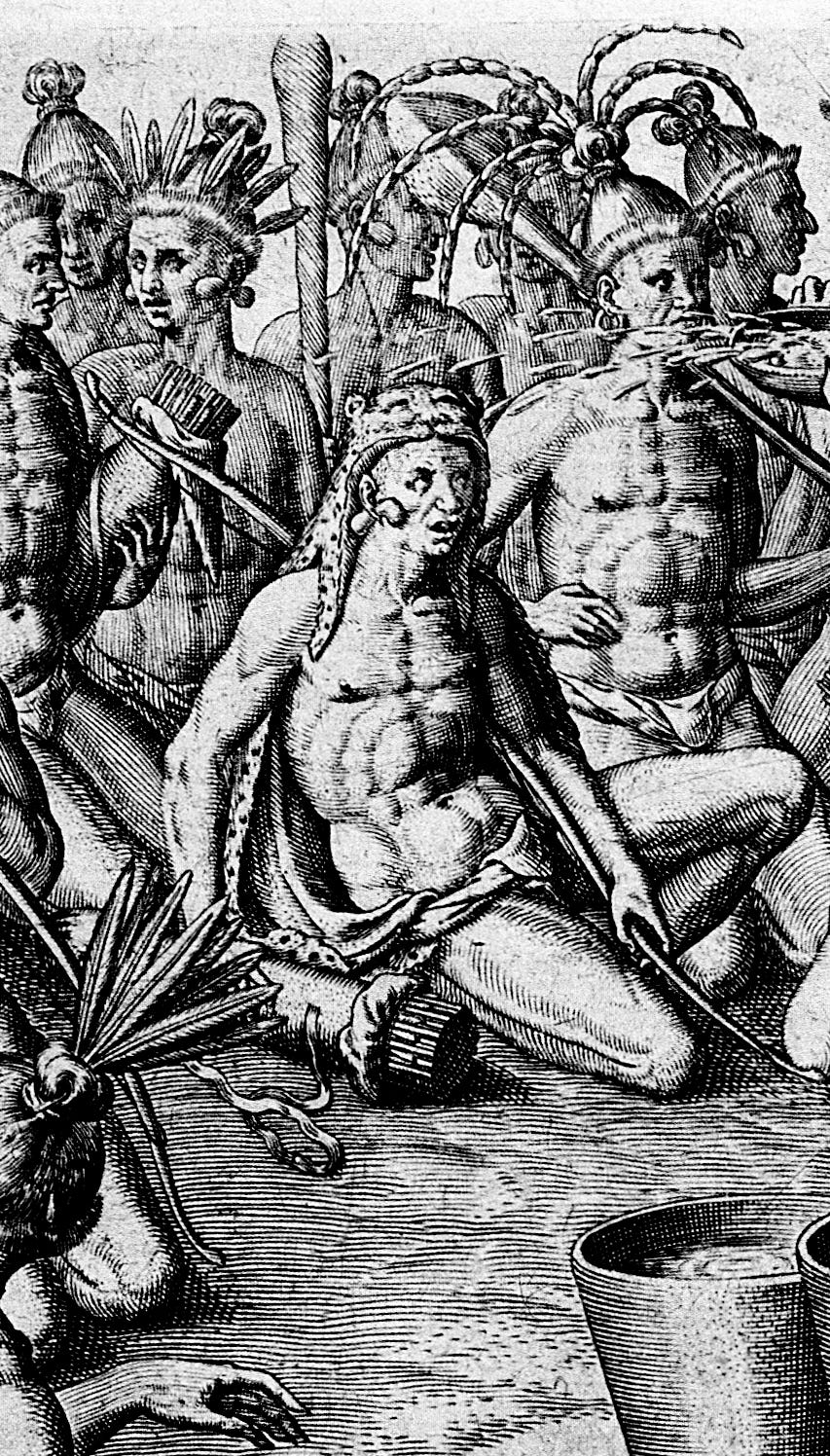
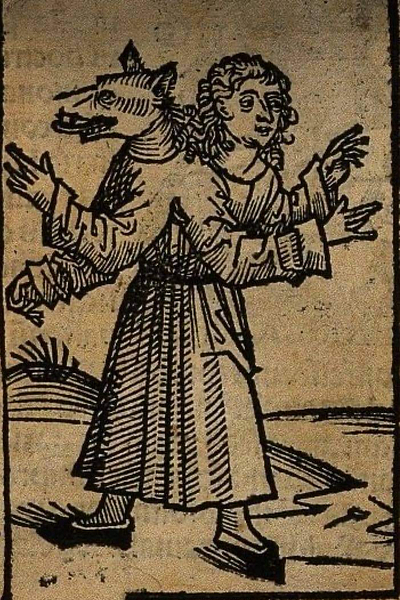
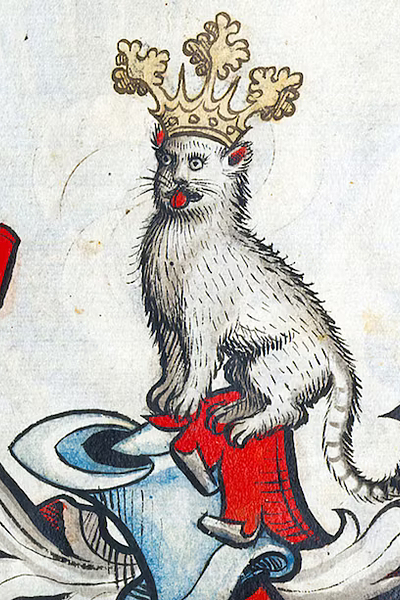


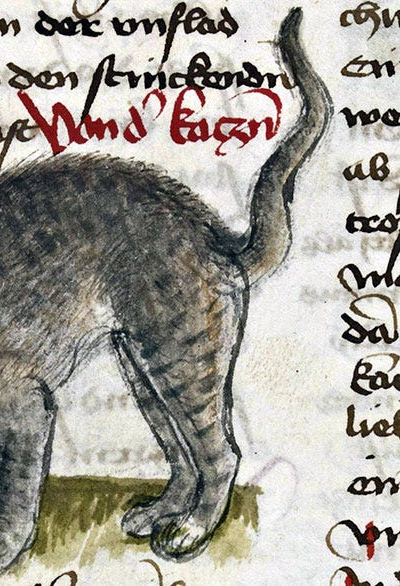
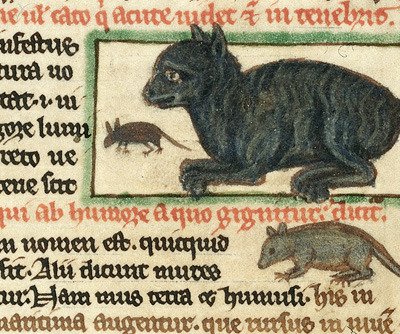

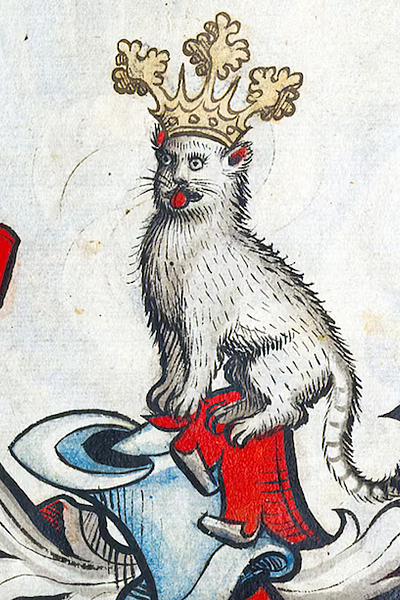
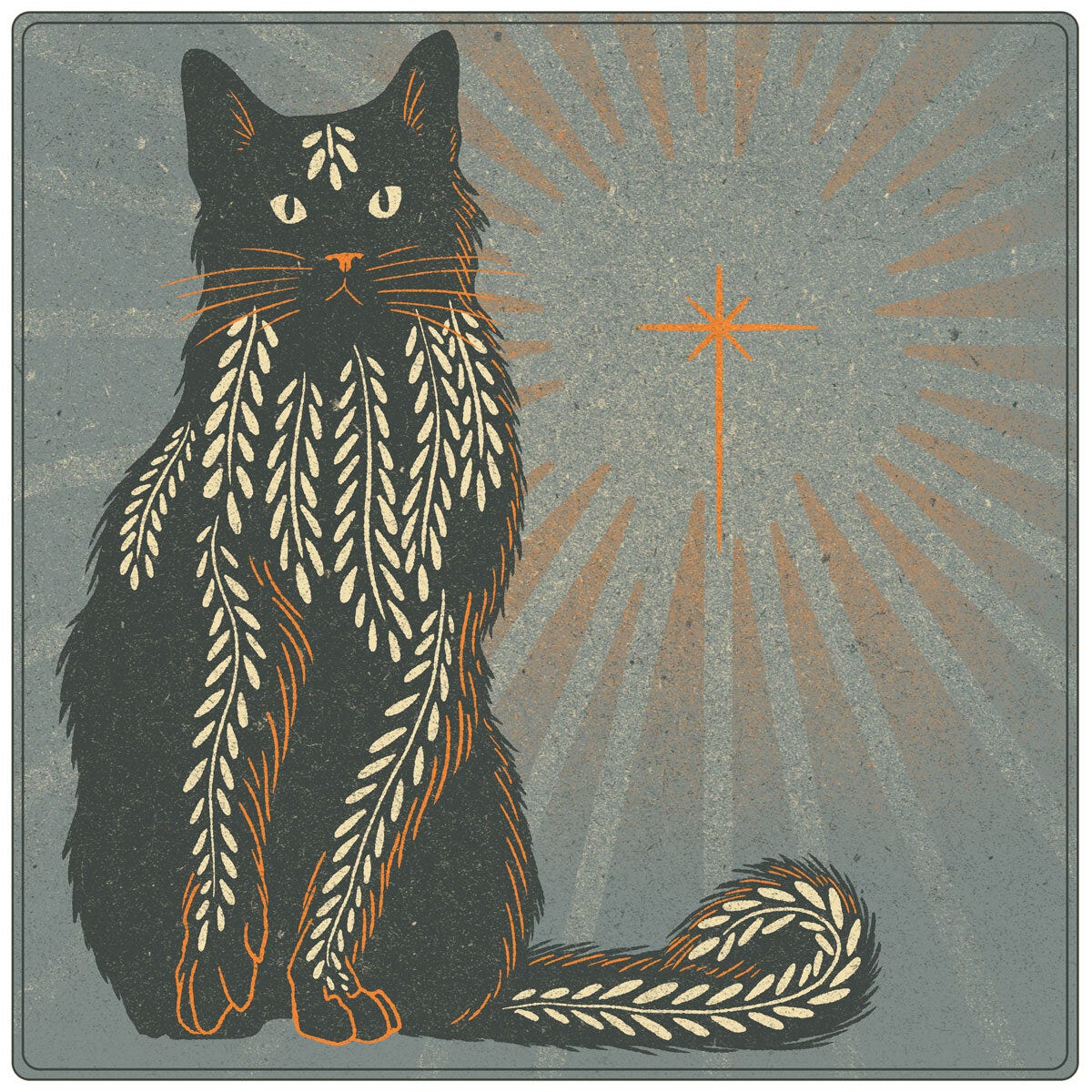

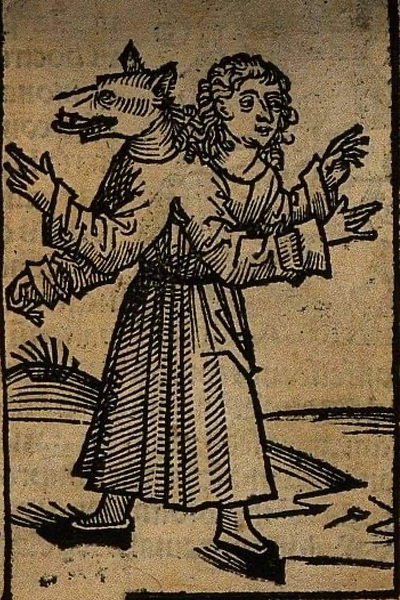

I was extremely interested in this weeks topic and the affiliated primary sources. In reference to mentions of animals / familiars in Leland's "Gypsies, Toads, and Toad Lore", three quotes (which I'll just list in succession) stood out to me. “So we gypsies talked together in Romany, and then said we could remove the spell if she would get us a pair of shears and a cup of salt. Then we caught the toad, and tied the shears so as to make a cross--you see!--and with it threw the toad into the fire, and poured the salt on it. So the witchcraft was ended, and the lady gave us a good meal and ten shillings." (Leland, 2). “It is bad to have one's looks against one. The personal appearance of the toad is such as to have giver it a bad place in the mythology of all races.” (Leland, 3).“ But in the Tyrol it is believed that the toads are themselves poor sinners, undergoing penance as Hoetschen or Hoppinen--as they are locally called--for deeds done in human form. Therefore, they are regarded with pity and sympathy by all good Christians.” (Leland, 4).In contrast to the ideas of Christian animism presented above, as furthered by Wallace’s article, Leland offers a different approach to animal based relationships. He criticizes Romany beliefs that animals, such as toads, could be seen as familiars and integral to their faith. This is counterintuitive to what we now know about Christianity and its earth centric roots in tying the highest being - God - with an animal spirit. Furthermore, the third quote is interesting in that it almost reflects ideas of reincarnation and rebirth as a result of behavior in one life. This represents more evidence of Christians turning from their once accepting and flexible ways of conceptualizing the faith.
Alternatively, King James discusses shapeshifting in his "Demonologie", citing that “For as to the formes, to some of the baser sorte of them he oblishes him selfe to appeare at their calling vpon him, by such a proper name which he shewes vnto them, either in likenes of a dog, a Catte, an Ape , or such like other beast; or else to answere by a voyce onlie.” (King James, 1). Unfortunately, as discussed in last semester's class and briefly this one, almost all of the negative effects of the witch hunts of the sixteenth century fell onto innocent women. Their torture and mistreatment under the false guise of 'knowledge’ and ‘piety’ represents the lengths that Christians around the Middle Ages would go to dispel what they believed to be demons, or simply women who acted with agency and who threatened the status quo. Unreasonable accusations such as shapeshifting were further ways of proving and justifying their immoral proceedings with the women they deemed to be ‘witches’. Of course, a layer of irony is further added when one considers the argument of Wallace’s essay wherein he explains that there are biblical passages referencing Jesus turning into a dove upon his baptism. Why is shapeshifting acceptable in this case, but so clearly blasphemous as to warrant the punishments in King James’ Demonologie?
I’ve always enjoyed the topic of shapeshifting since it is one of those fictional concepts often used or recreated in different cultures due to an individual culture’s values and ideas. When looking at shapeshifting in context to this week's readings, there is a constant notion that magic involving animals causes an erosion between the lines of man and beast. Parnish’s article states this perfectly: “Animals were kept for more functional reasons, undertaking physical labor in order to serve the needs of humans…the practice of keeping animals as companions…changed the position of animals in human society.”The shapeshifting, familiars, and bestiality all cause similar changes to animals' position in society by elevating their importance to more than a tool for labor or a resource. This change blatantly challenges the contemporary relationship between humans and animals and, by extension, nature. Within this period, texts like King James 1 Daemonologies demonstrate a viewpoint that represents nature and animals as harvestable resources. Because of this, the drastic change in the relationship between humans, animals, and nature is viewed with fear and superstition. I believe that a prejudice against animist practices is a result of this fear rather than a cause of it. A few of the werewolf stories I read in “A Lycanthropy Reader” were written before this fear animist practices and showed a decent number of the werewolves were sane creatures in unlucky situations. Many animist practices have been passed down through generations, and while I can not say for certain that fear of change causes hatred of these practices, I can be sure that these practices were not a new or shocking development to Europe.